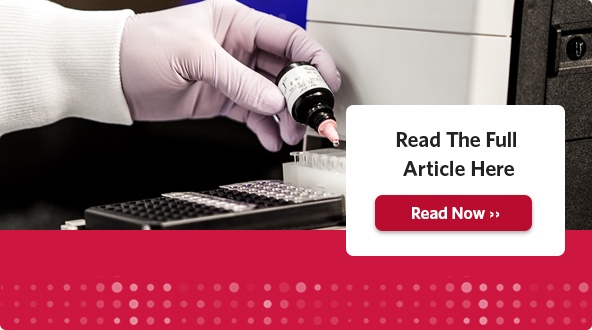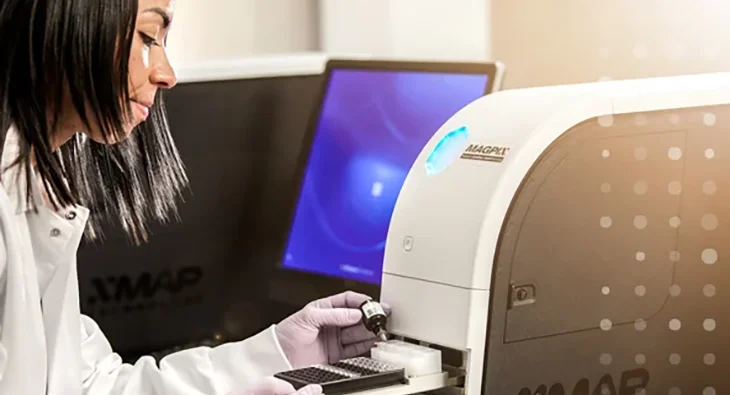METHODS Special Issue: Modifying the Luminex Workflow for Hazardous Pathogen Research
New protocol allows scientists to create assays in containment labs and perform analysis elsewhere
Scientists in the UK have developed a new protocol that utilizes Luminex multiplex assays even in specialized laboratories where space for instruments is limited. A recent hazardous pathogen study has broad implications for any research team, especially those facing space limitations.
In a paper recently published in METHODS, Stuart Dowall, Victoria Graham, and Roger Hewson from Public Health England (PHE), along with Tom Fletcher from the Liverpool School of Tropical Medicine, describe the protocol they established to perform multiplex assays in specialized Containment Level 4 (CL4) facilities, which are designed for the most dangerous pathogens.
These laboratories differ from Biosafety Level 4 (BSL-4) facilities because “work is conducted in class III microbiological safety cabinets for primary containment instead of using positive pressure suits,” which rely on HEPA-filtered air in a positively pressurized microenvironment to protect researchers from the pathogens in their laboratory space, the authors report. “This presents unique challenges associated with the physical restrictions of working in a limited space, and prohibits the use of many techniques and specialized equipment.” As a result, research labs require innovative solutions to perform multiplex assays.
Multiplex assays are paving the way for improved pathogen research
Because multiplex immunoassays make a real difference in scientists’ ability to investigate the mechanisms of disease induction, the UK team came up with a different approach to perform these critical assays. Their idea was simple: what if they could prepare the Luminex assay within the containment lab’s safety cabinets, but then actually run it somewhere else?
The paper reports the validation of this method, which succeeded thanks to a fixation step. “We have developed an approach in which the Luminex assay is conducted within the CL4 laboratory, and a formalin-fixation stage is introduced to allow for analysis to be undertaken outside of containment,” the scientists write. After fixation, assay plates are loaded into a bag, sealed, and transported to another laboratory for analysis. In this study, an analysis was performed within 24 hours of fixation on a Luminex Advances in Bead-Based Biomarker Detection [Methods xMAP Issue]


